Artist Spotlight, History Of Comics
Dennis O’Neil Comic Legend Remembered
by Joshua H. Stulman
In the past 50 years of comic history, perhaps none have been more influential and long lasting as Dennis O’Neil. Dennis O’Neil helped form the Batman, Superman, and Daredevil that we know today and infusing the industry with a social consciousness and political relevancy that had barely been considered before.
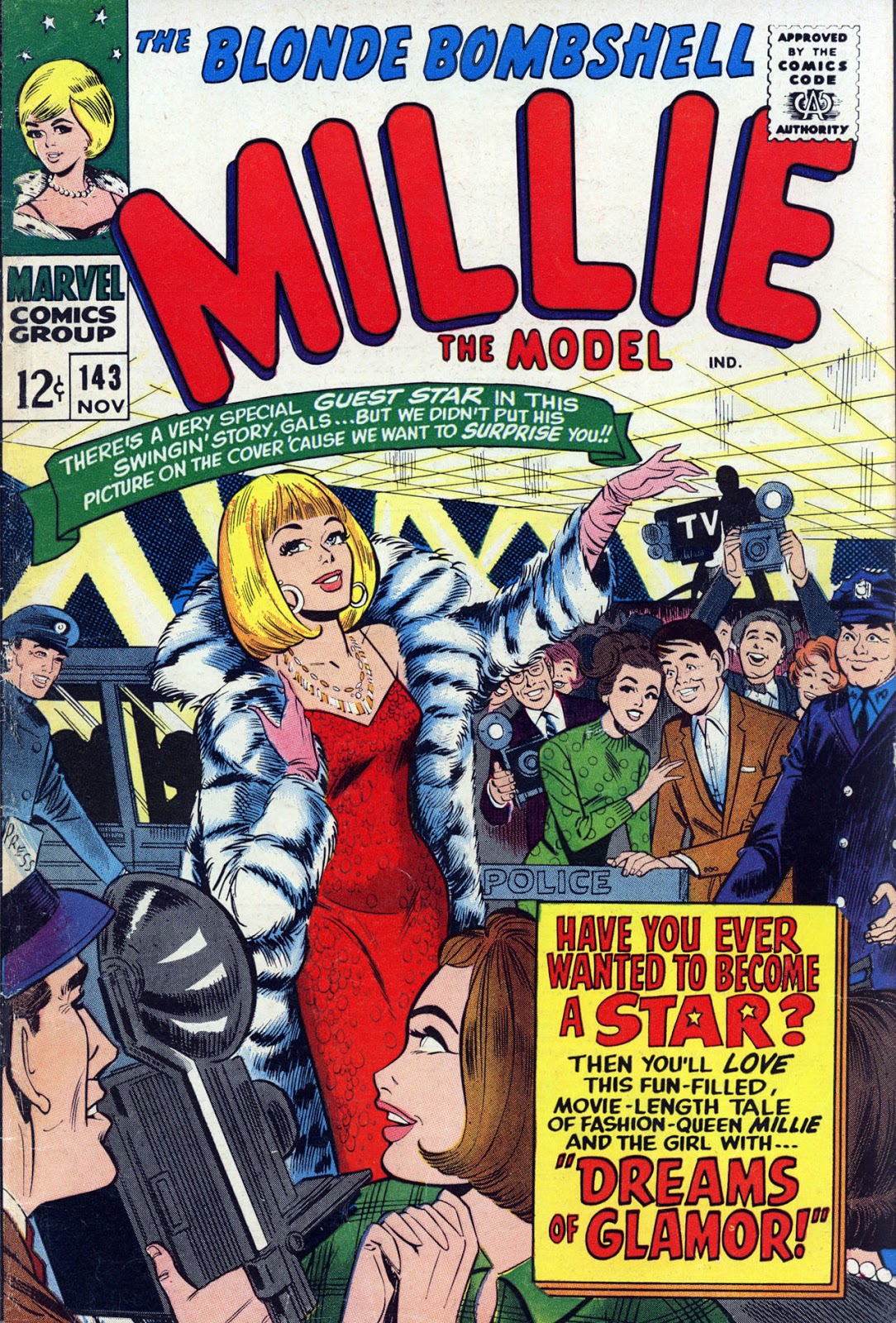
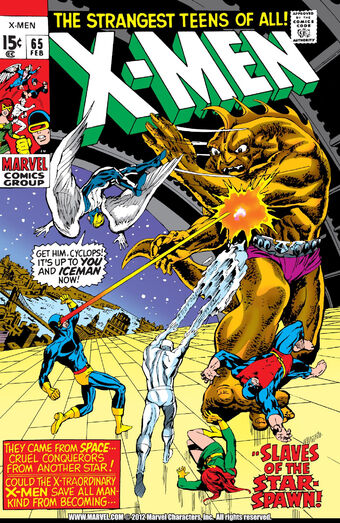
Dennis O’Neil entered the comic industry almost accidentally, as a young reporter writing a youth column in the mid-1960’s. At the time, Marvel was expanding so much that Stan Lee was stepping back from writing the entire Marvel line, and needed writers to fill the gap. Roy Thomas urged O’Neil to try-out and was awarded his first comic work on “Millie The Model” in 1966. Nicknamed “Dandy” Denny O’Neil, by Stan Lee, O’Neil would in short time begin writing the Doctor Strange back-up in Strange Tales, Daredevil and the final issue of X-Men, where he teamed with Neal Adams for the first time.
1970 would prove a pivotal year for both Dennis O’Neil and the comic industry. As a self-described hippie, O’Neil and Adams revolutionized the industry with their year-long run on the failing title Green Lantern for DC Comics. To revive the failing title, O’Neil steered the comic in a new direction of political relevance that had been embraced by the counter culture movement. O’Neil’s stint on Green Lantern covered issues of racism, drug overdose, American Indian rights, political propaganda, urban poverty, and pollution all in 12 issues.
With dramatic artwork by Neal Adams, the duo became a hot commodity and the perfect solution to revive the “camp” stigma of DC Comics left by the Batman 1966 TV series. While work had already been underway lead by editors Carmine Infantino and Julius Schwartz, O’Neil’s stories returned Batman to his Dark Knight Detective roots. O’Neil and Adams created one of the earliest mainstream comics to address the Holocaust in Batman # 237 “Night Of The Reaper.” The pair also returned Batman’s rogue gallery to its deadly roots by reviving lost villains like Two-Face, and re-imagining the twisted psychosis of the Joker that has become a hallmark of the character to today.
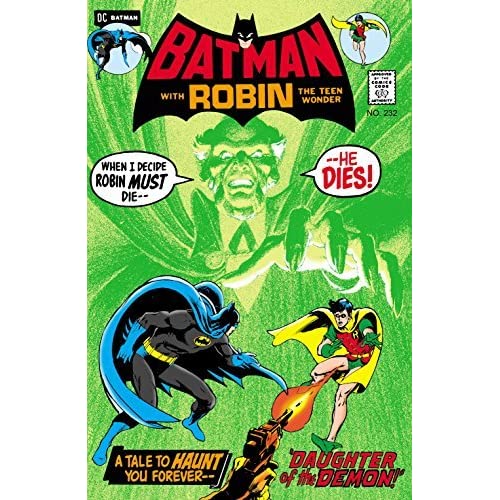
In Batman # 232, Dennis O’Neil and Neal Adams introduced the Ra’s Al Ghul and the League of Assassins. Not too long after, Al Ghul’s daughter, Talia, was introduced as the new love interest for Batman/Bruce Wayne. Ra’s Al Ghul was developed as a rational madman, who sought to punish mankind for its shortcomings, most notably acted as an eco-terrorist. The complicated villain was also respected by Batman for his intelligence, honor and leadership.
For Superman, O’Neil was tapped to tone down some of the more sillier trappings of the character since the 1950’s. O’Neil’s “Kryptonite No More” story saw Kryptonite removed from the earth, and Clark Kent abandoning his “wimpy” persona and transition to TV Newscaster from the old fashioned newspaper reporter gig. O’Neil also scripted the third Superman/Flash Race and became a regular DC writer who revived DC‘s new acquisition of Captain Marvel and the Shadow. During the Mid-1970’s, DC was exploring original content for their over-sized Limited Collector’s Edition line. Dennis O’Neil and Neal Adams were asked to do a special Muhammad Ali Vs Superman issue, which saw the two titans fight on an equal footing.
By the late 1970’s, O’Neil was being wooed to Marvel Comics yet again. Before leaving, the writer wrote one last Batman story in DC Super-Stars that introduced a very young Frank Miller to Batman. At Marvel, O’Neil wrote Daredevil, Iron Man, as well as single issues including Amazing Spider-Man Annual 14 (Dr. Doom) and 15 (vs. Punisher) that both featured artwork by Frank Miller. O’Neil became editor on Frank Miller’s groundbreaking work on Daredevil. After Miller’s departure from the title, O’Neil wrote and worked with David Mazzucchelli on Daredevil. While only writing a few issues of Spider-Man, O’Neil introduced the characters of Madame Web and the villain Hydro-Man. He incidentally is also responsible for naming “Optimus Prime” for the Transformers storyline that Marvel had been developing for their animation venture.
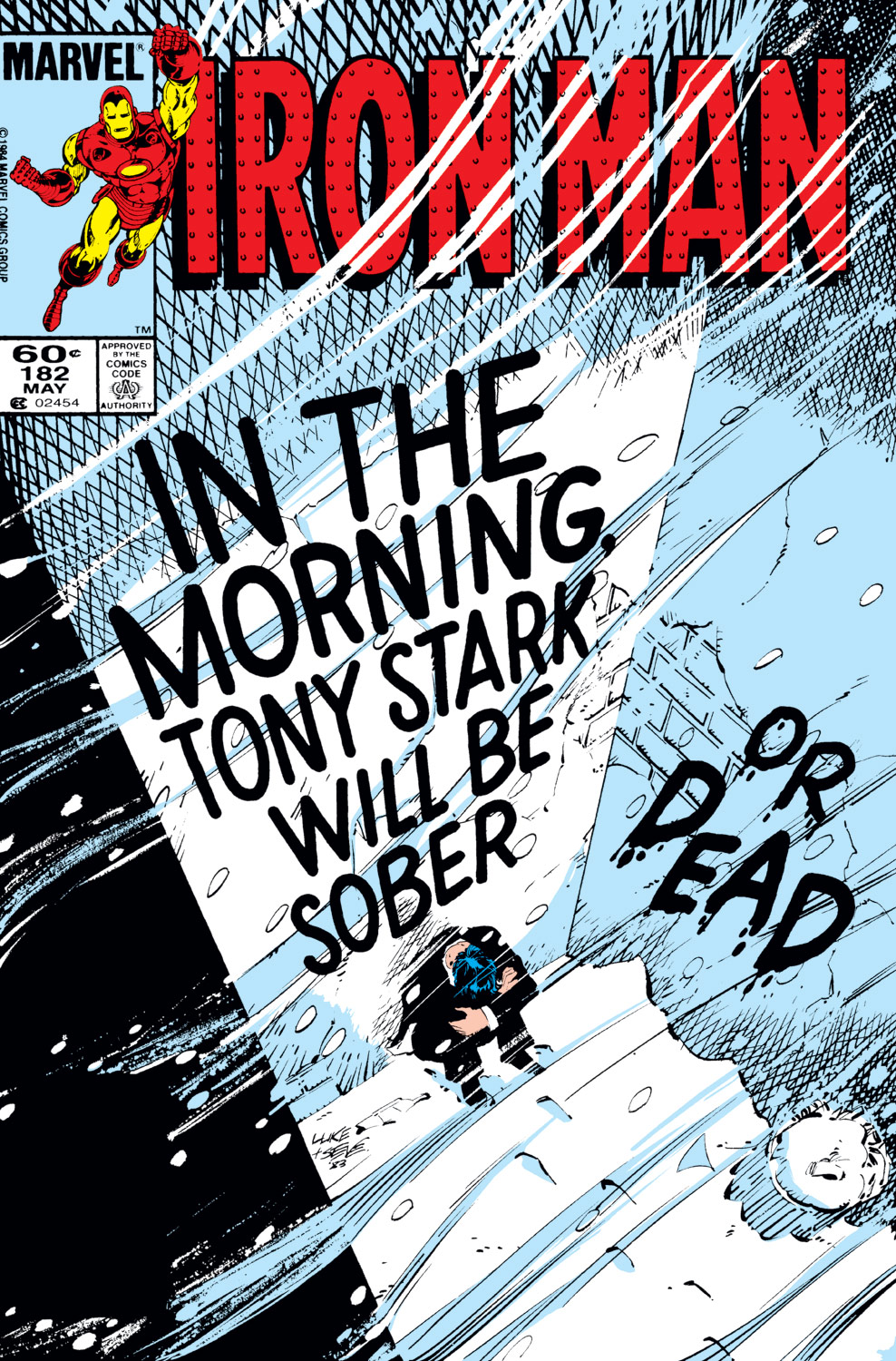
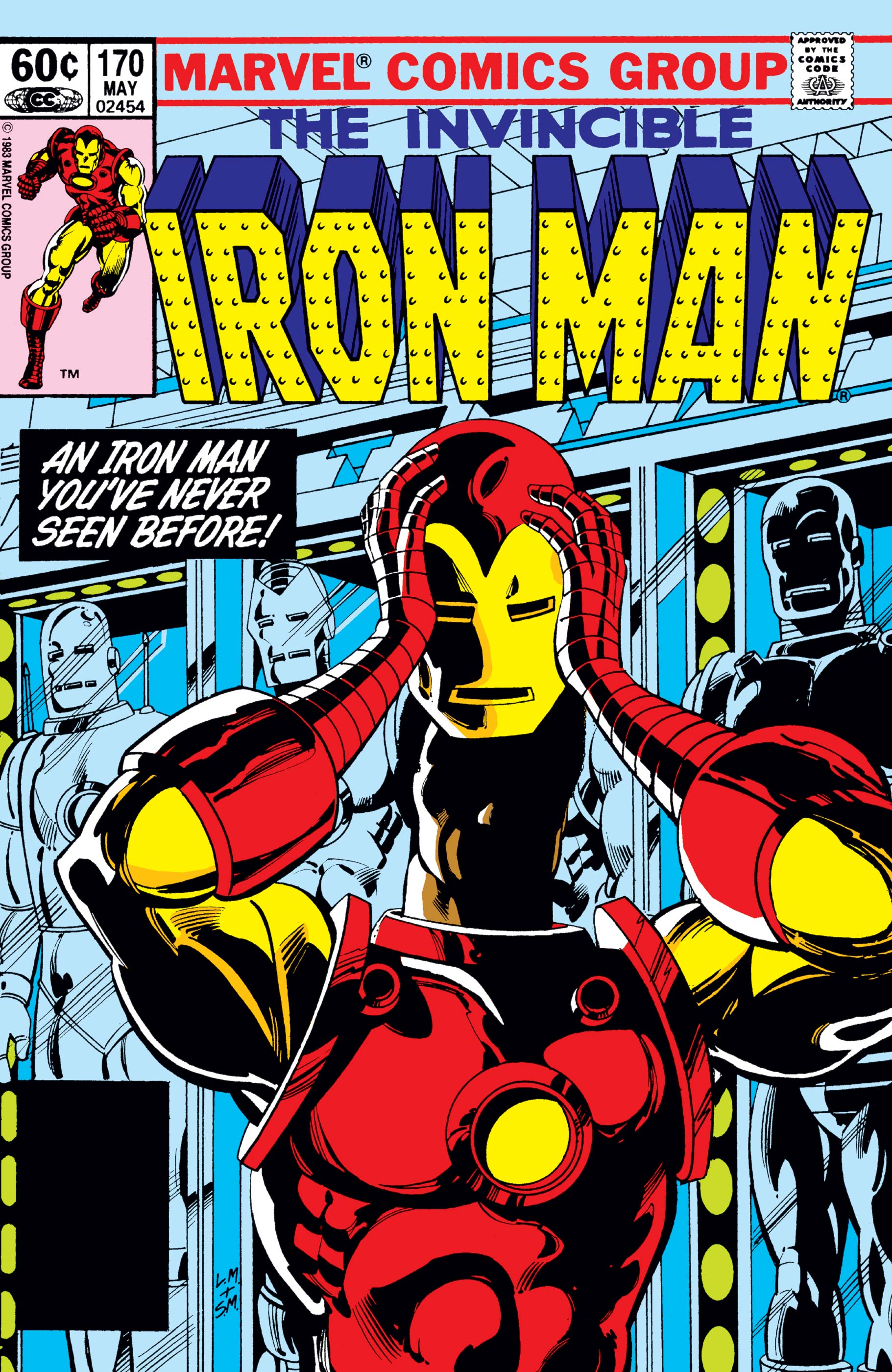
Perhaps some of his more personal work can be found in the pages of Iron Man, which addressed alcoholism and its devastating affects on Tony Stark’s life. He also introduced the industrialist villain, Obediah Stane (featured in the first Iron Man movie), as well as replacing Tony Stark with Jim Rhoades as Iron Man, expanding on Marvel’s diversity of African American heroes.
By the Mid-1980’s, O’Neil was back at DC Comics about to embark on his greatest legacy as editor of Batman. One of his first projects as Batman Editor was Frank Miller‘s Dark Knight Returns, which has since become a DC franchise in its own right. He presided over Miller and Mazzuchelli’s re-envisioning of Batman’s origin in Batman: Year One, which saw Batman once again return to gritty roots.
O’Neil continued his shake-up of the Batman world with the Death of Robin (Jason Todd) and the premiere of the third Robin (Tim Drake). O’Neil played a pivotal role in the “Bat-Craze” of the 1990’s, first by writing the adaption of the Tim Burton Movie, as well as expanding Batman‘s line of comics with Legends of The Dark Knight series. In LOTDK, O’Neil focussed the anthology series on early solo adventures of the Batman (without Robin) with a rotating creative team. Here O’Neil introduced the addictive chemical called “Venom,” in a storyline that saw Batman wrestle with drug abuse. The theme would later be picked up in the introduction of a new Batman villain, Bane. Through the numerous Batman mini-series that peppered the early 90’s, O’Neil created the character, Azrael, with artist Joe Quesada, who would go on to play a pivotal role in the Batman series.
Dennis O’Neil orchestrated several long storylines that carried through much of the 1990’s. These include the Knightfall/Knightquest/Knightend saga that saw Batman crippled by Bane and replaced for a year by a relatively newcommer, Azrael. Following the event, Batman’s traditional costume was redesigned before the character was thrown into several storylines including “The Legacy Virus”, “Catalclysm”, and “No Man’s Land” which saw Gotham City devolve into gang war. These storylines introduced new characters, such as Batgirl (Cassandra Cain) and fan favorite Harley Quinn.
At the turn of the century, O’Neil transitioned to a teacher role at the School of Visual Arts in Manhattan. He served on the board of the Hero’s Initiative, a non-profit organization established to distribute financial aid to elderly comic industry professionals. O’Neil also donated his time to appear at many comic book conventions in the past 20 years on behalf of the Hero’s Initiative, to help raise money for those in need.
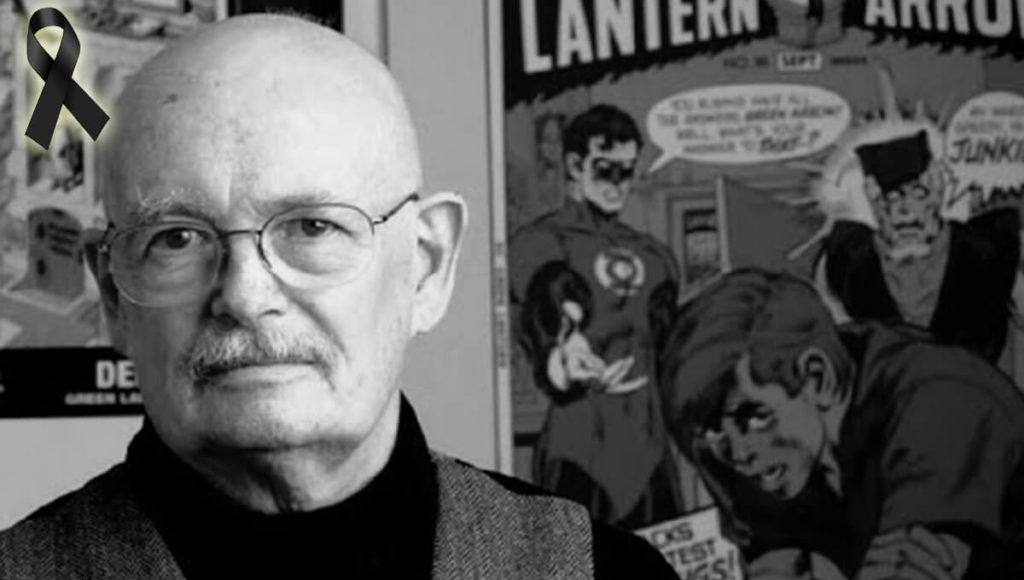
If you ever had a chance to meet Dennis O’Neil, you would know how kind and humble he was. He was a true believer in comics as much more than just an entertainment forum. He saw the potential in the format to communicate on a level that could enact political change.
Dennis O’Neil’s legacy brought the human spirit to the way comic stories are presented and is directly responsible for maturing the format to critical literature.
Dennis O’Neil died on June 11, 2020 at the age of 81.
Joshua H. Stulman
Owner, Brooklyn Comic Shop


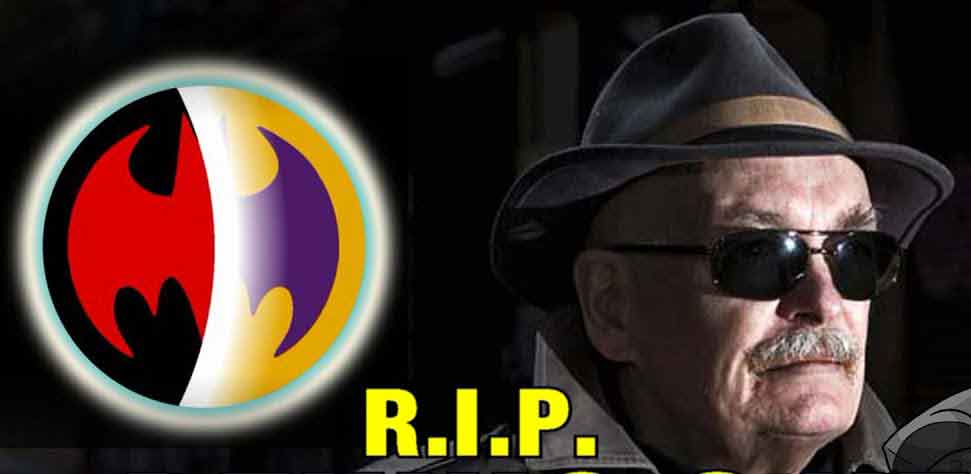
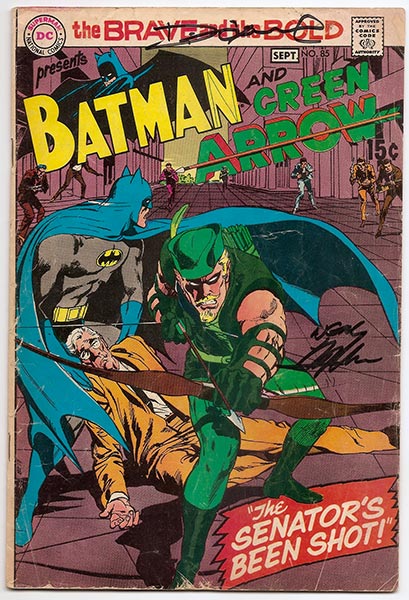
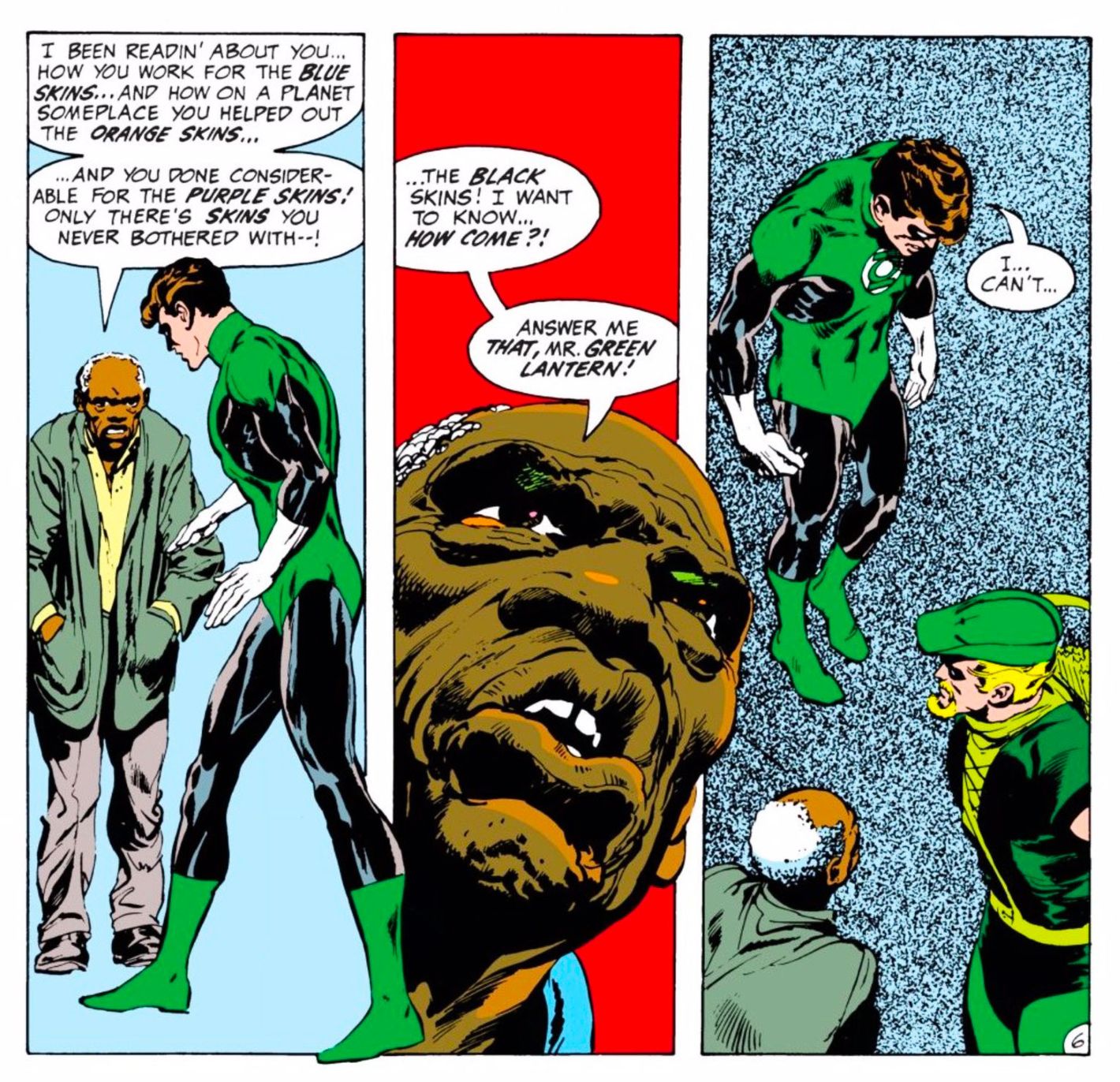
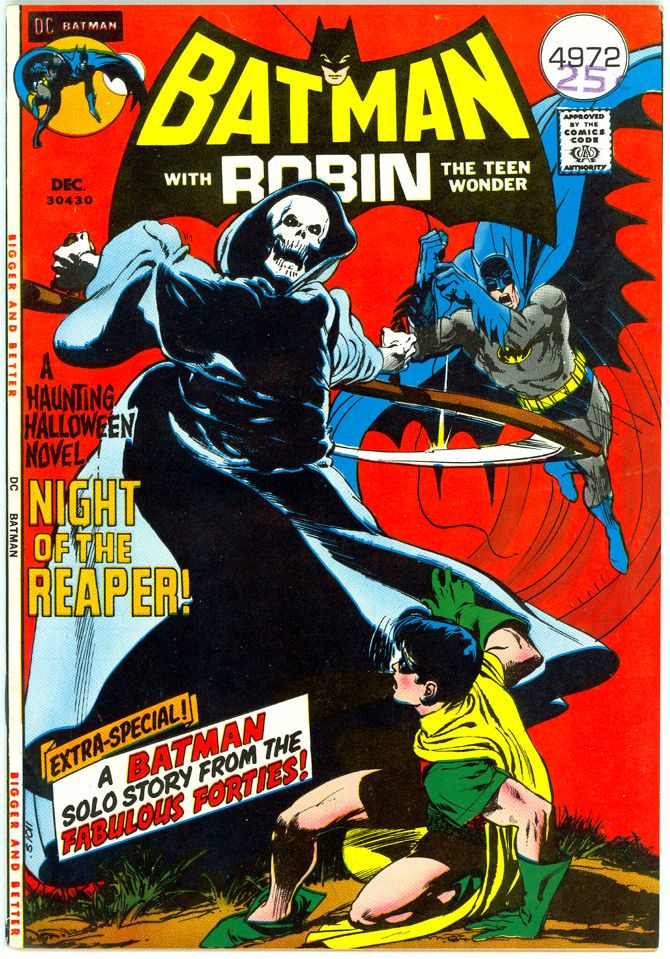
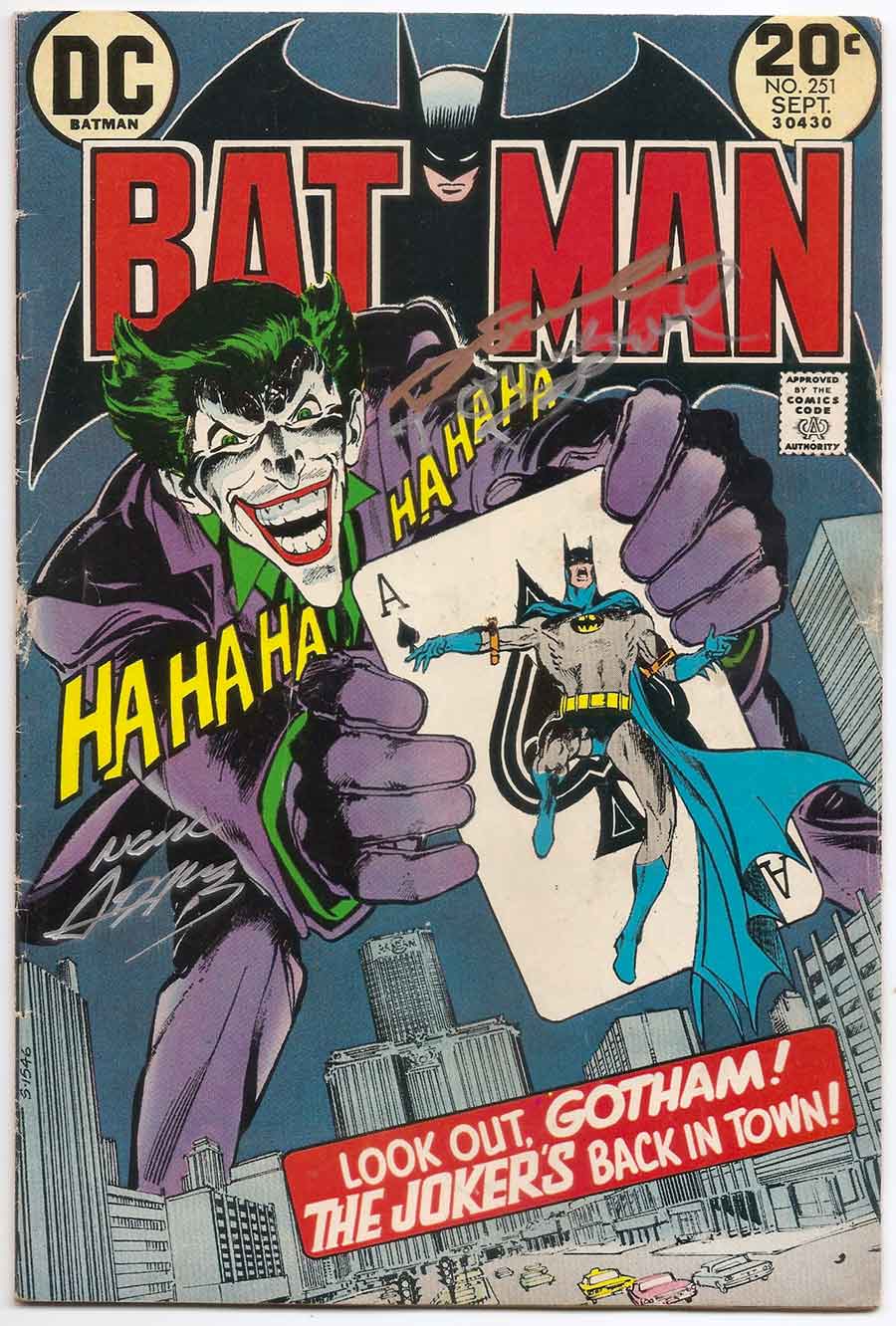
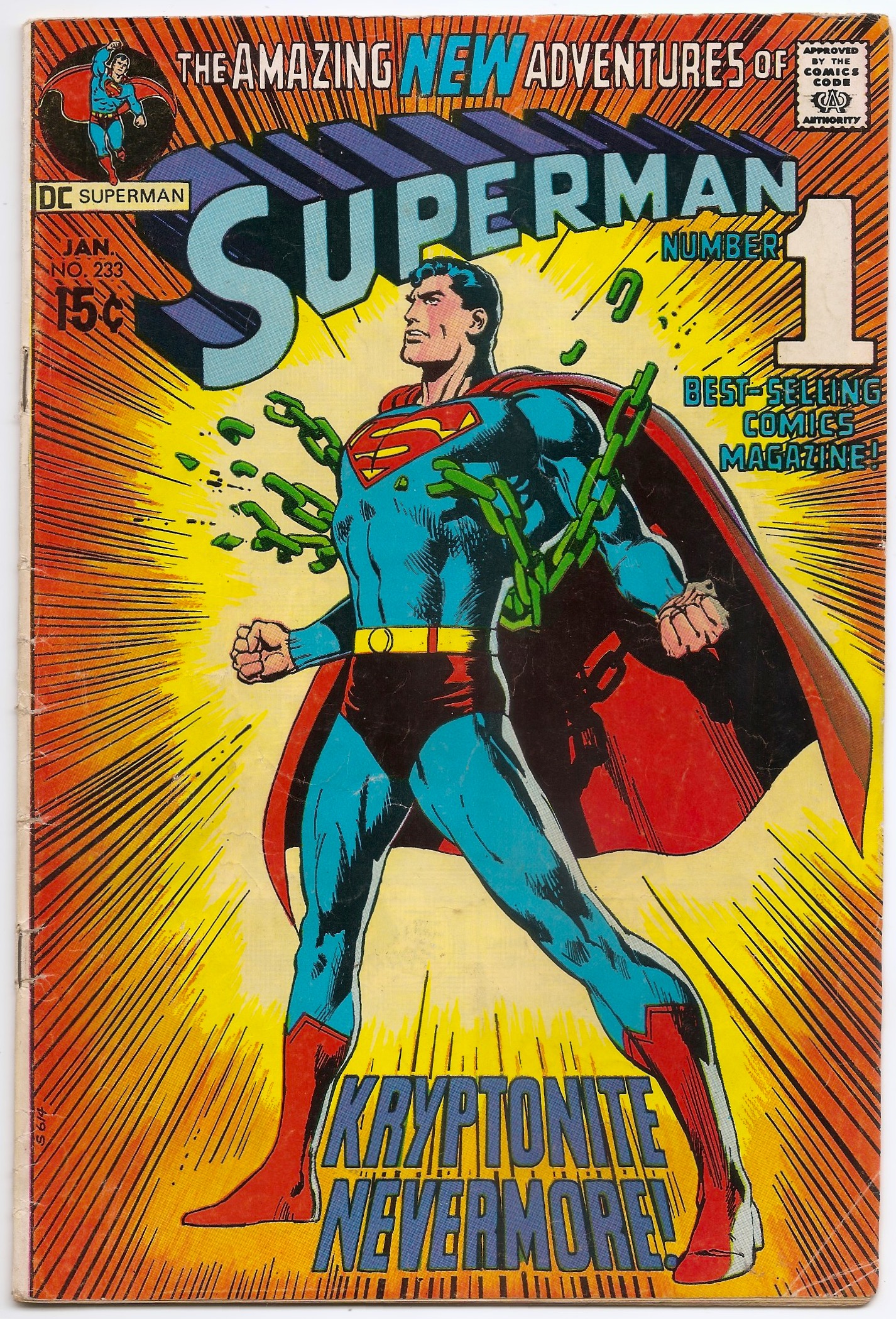
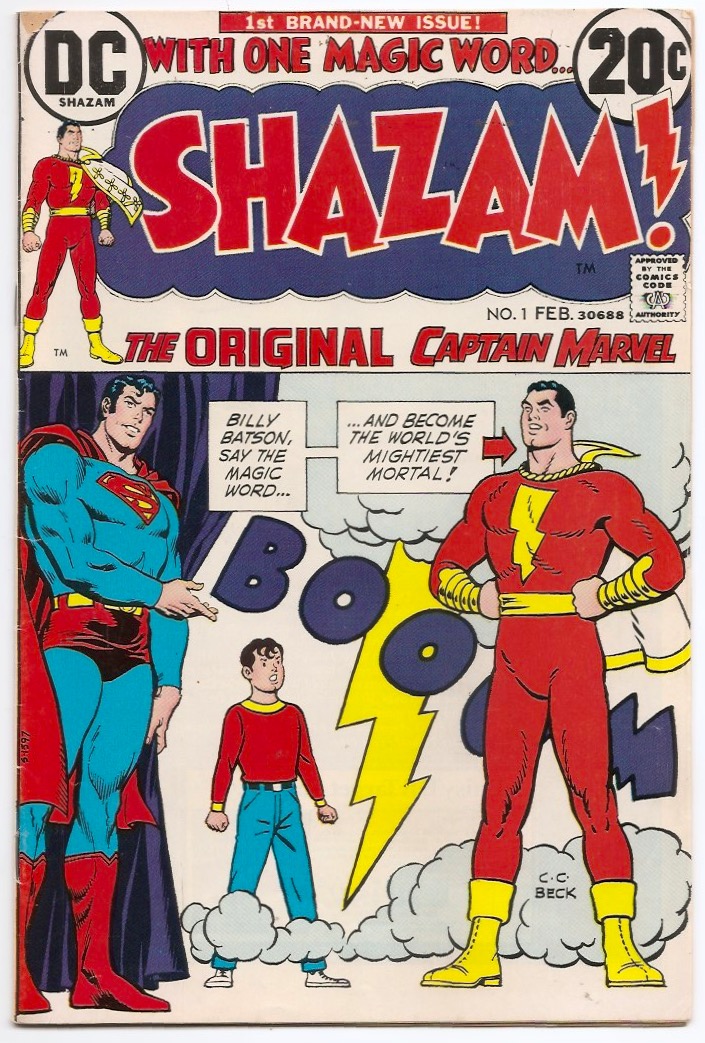
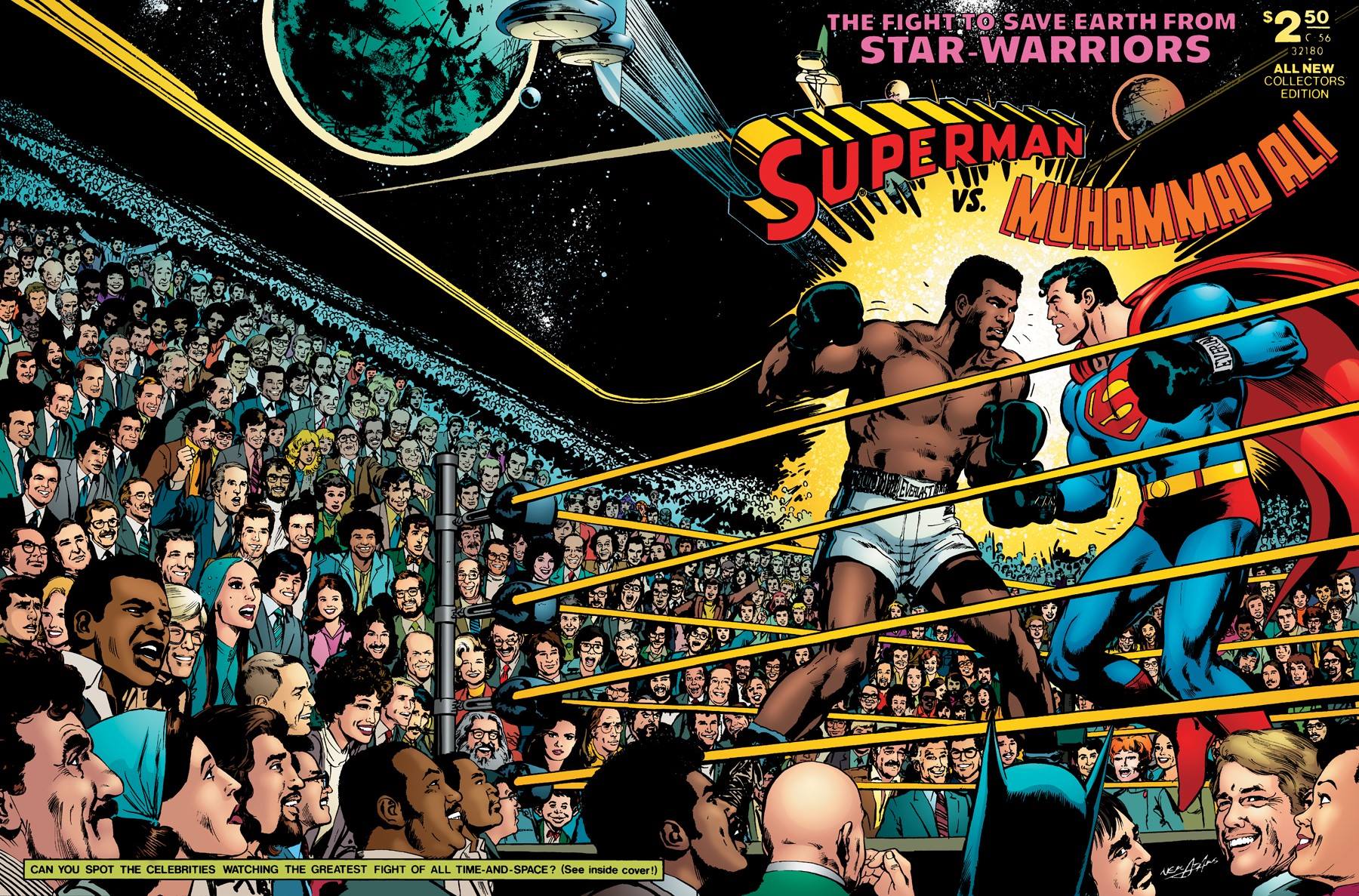
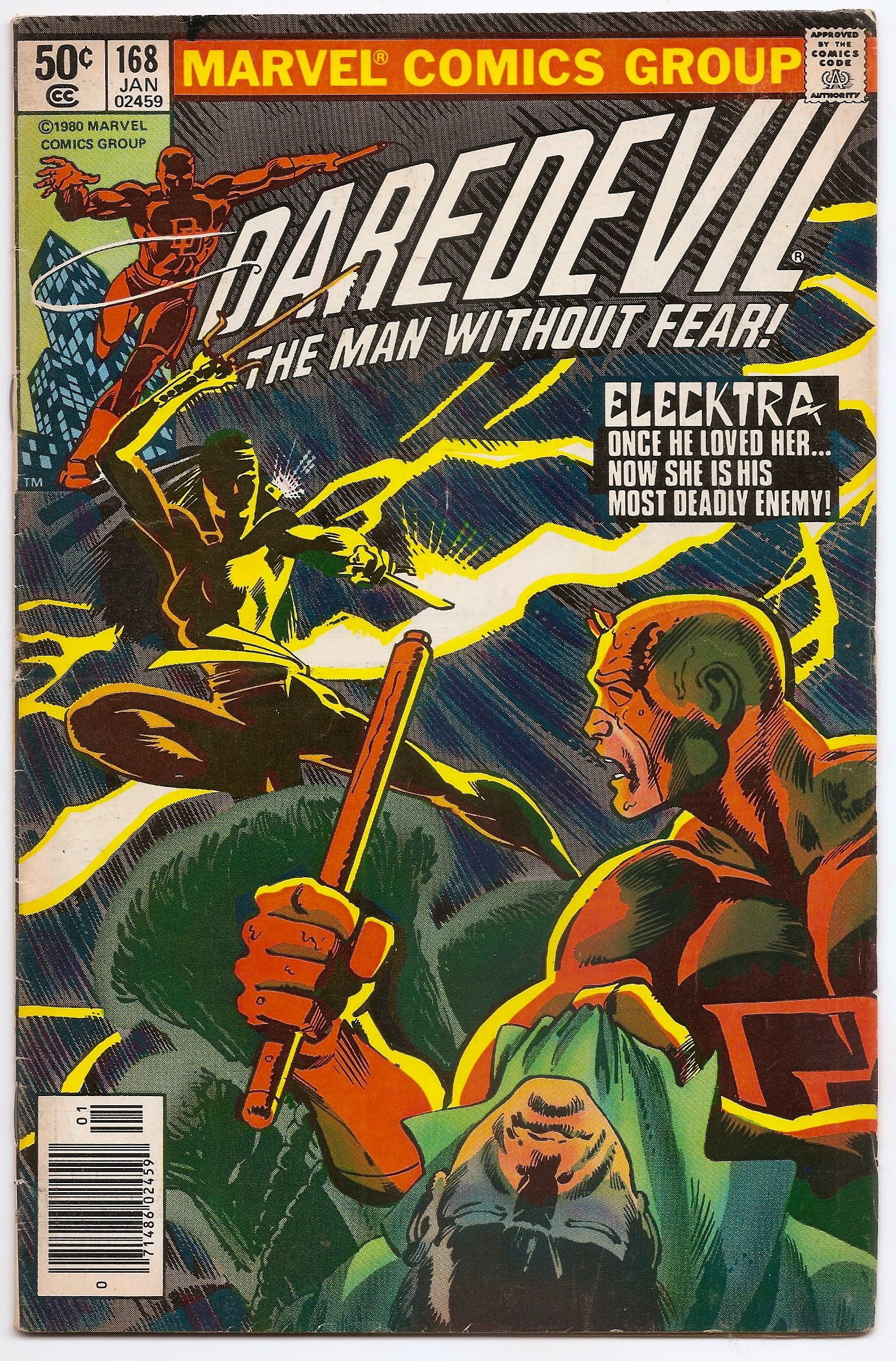
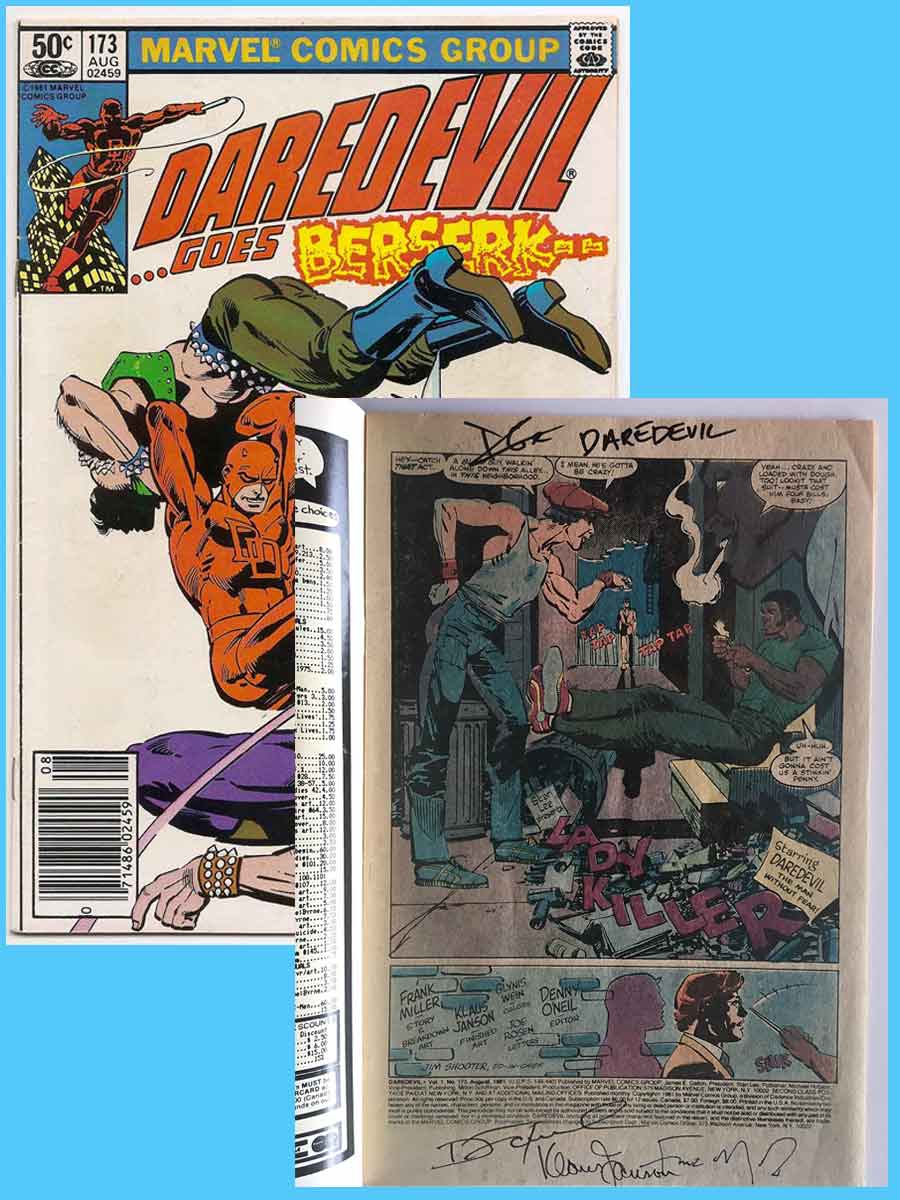
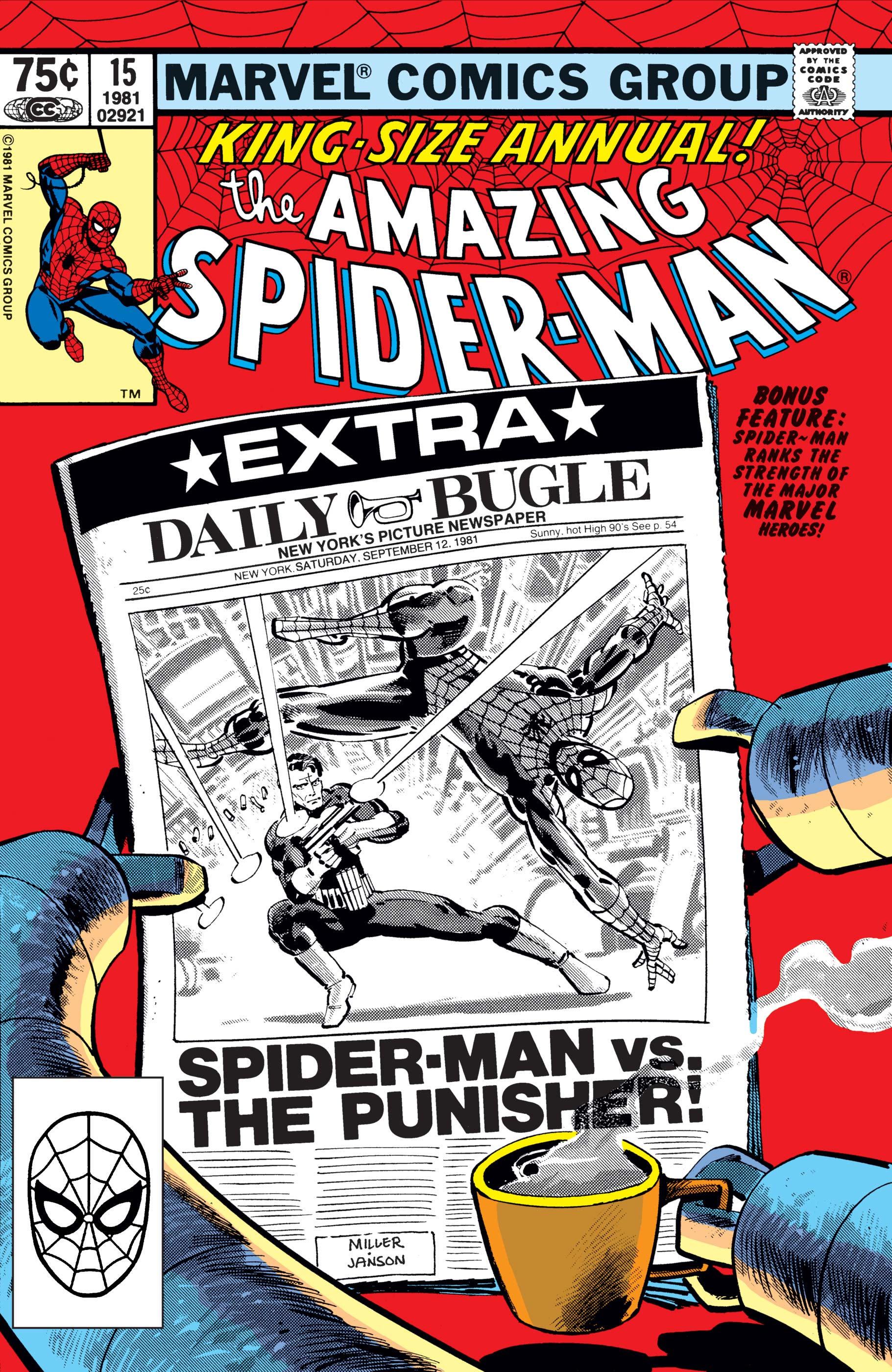
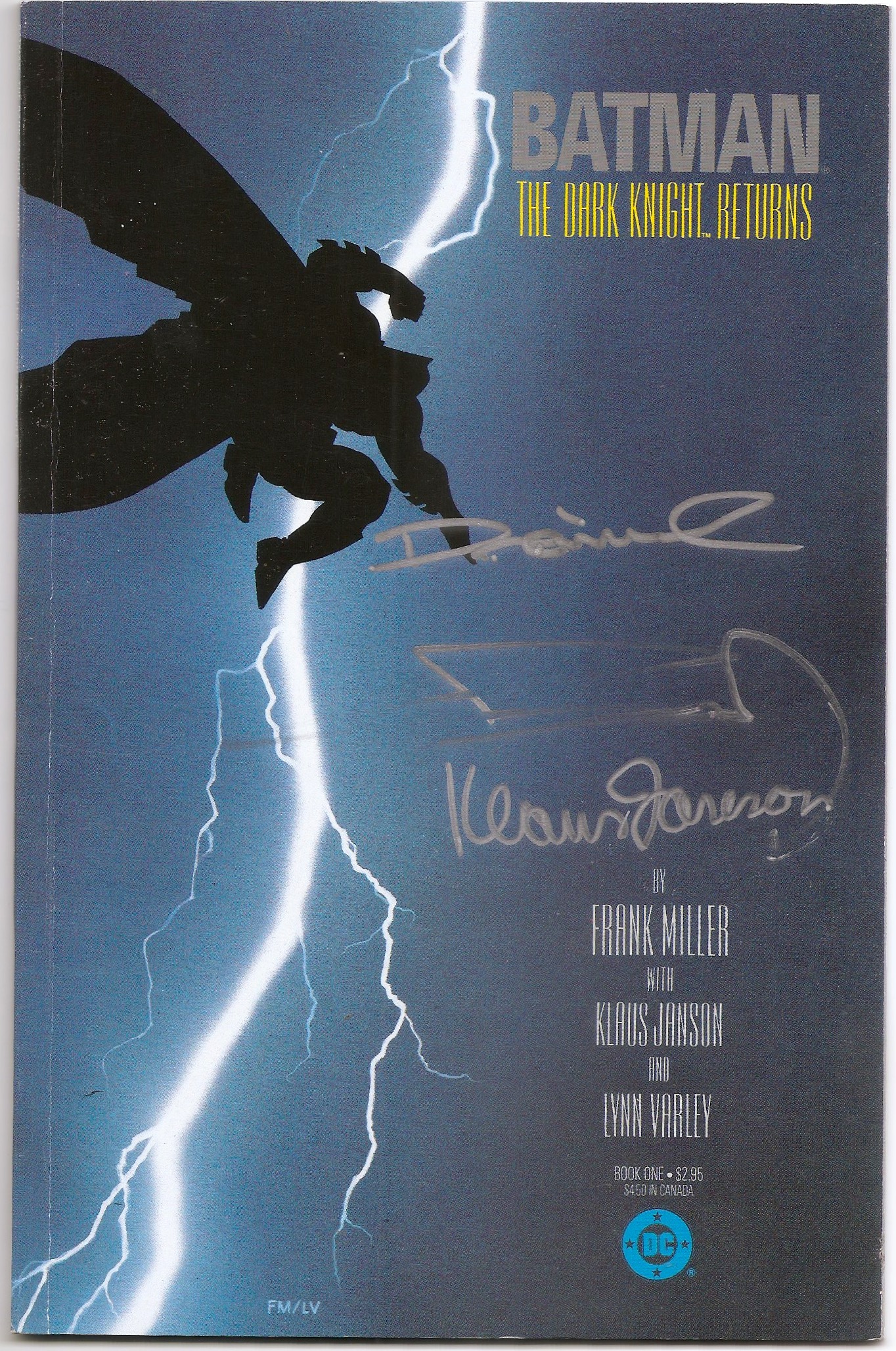
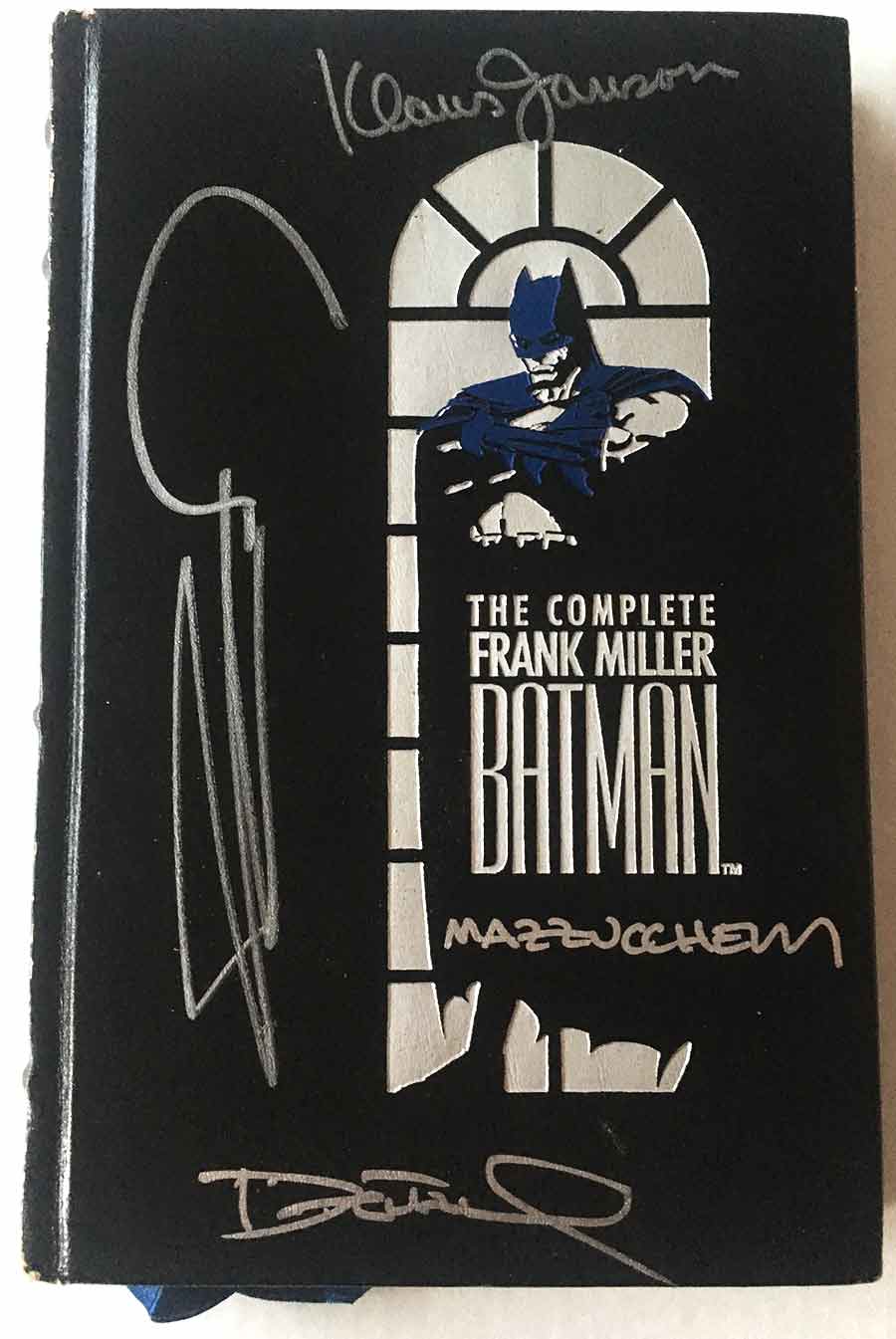
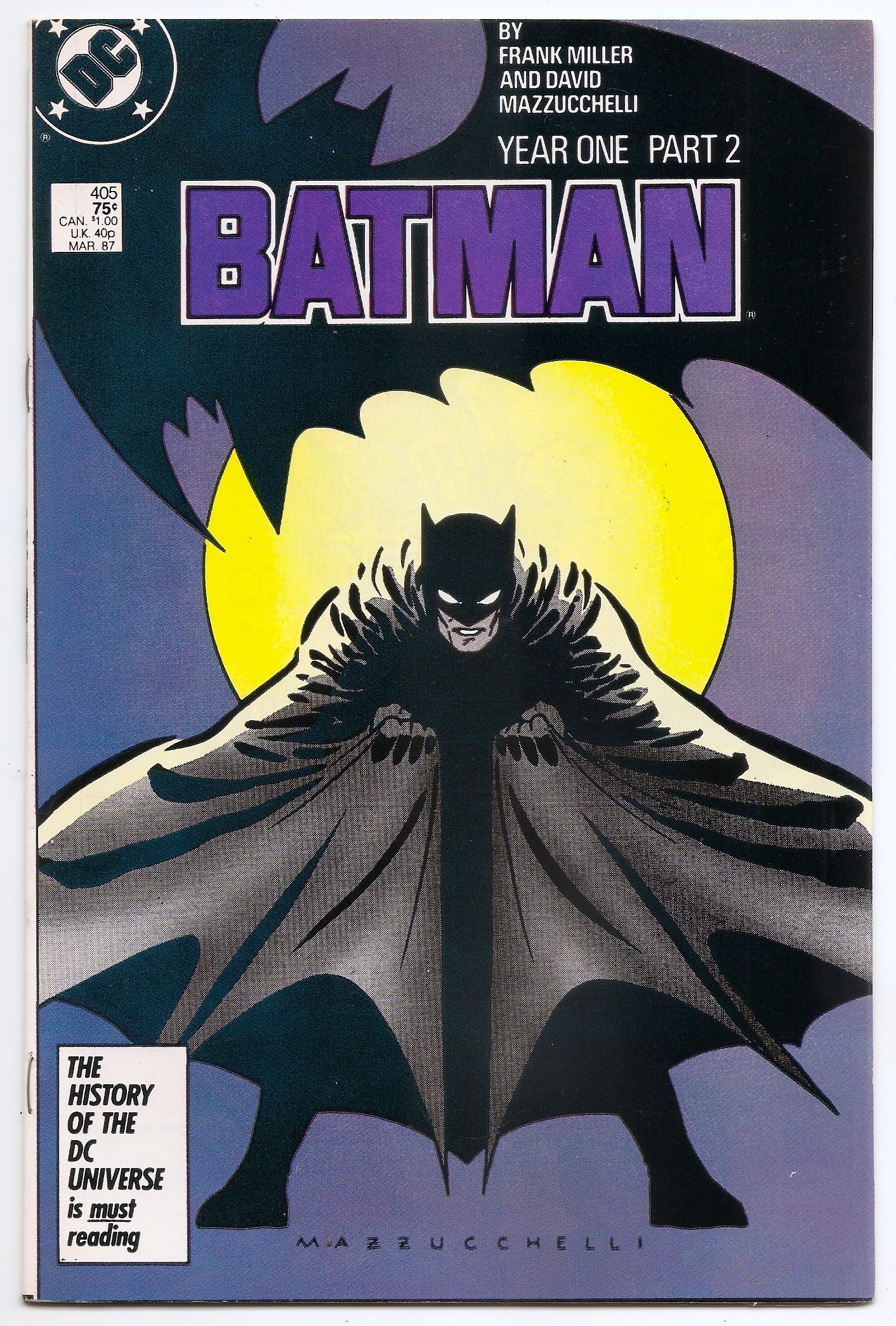
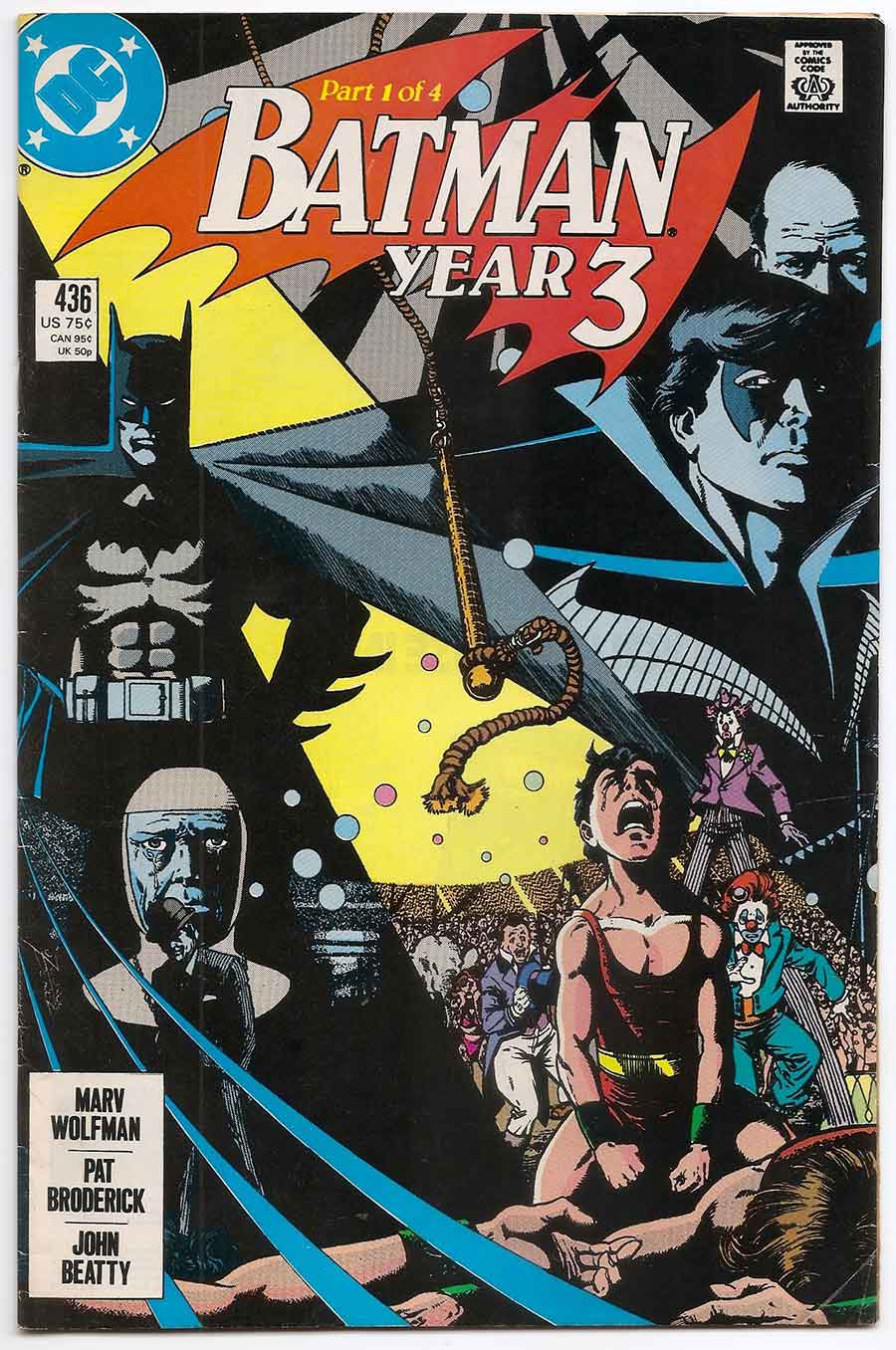
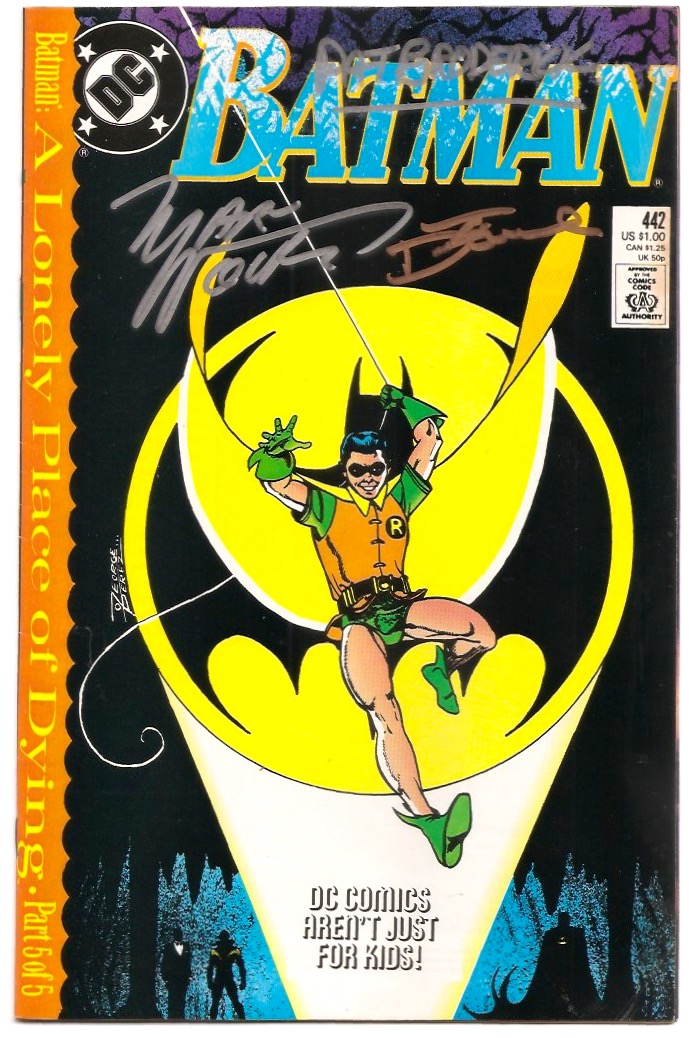
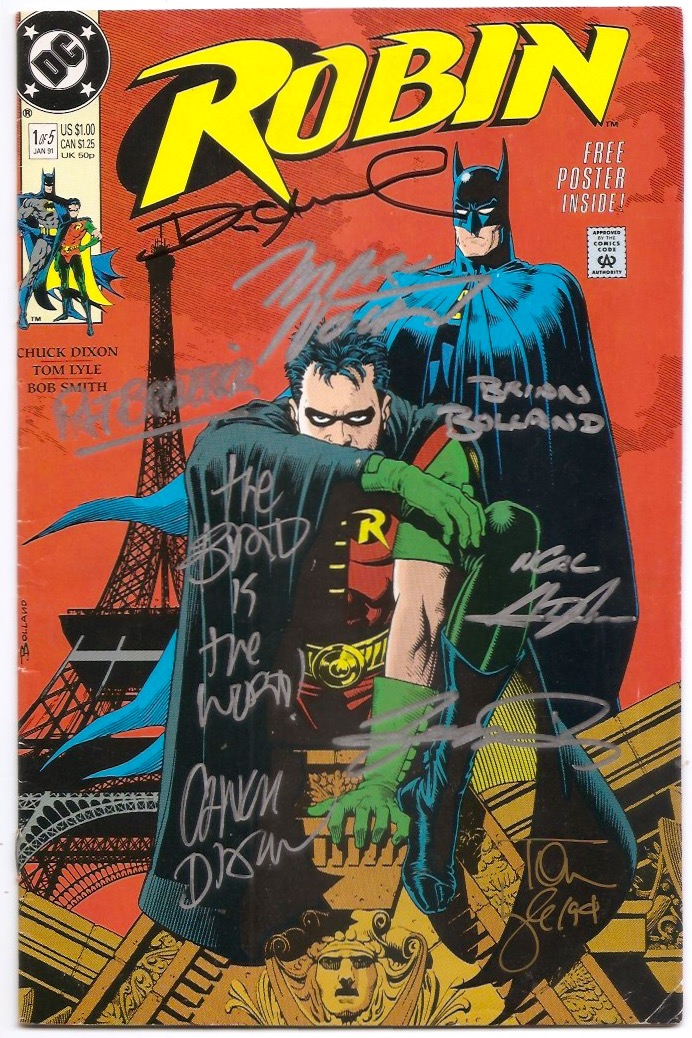
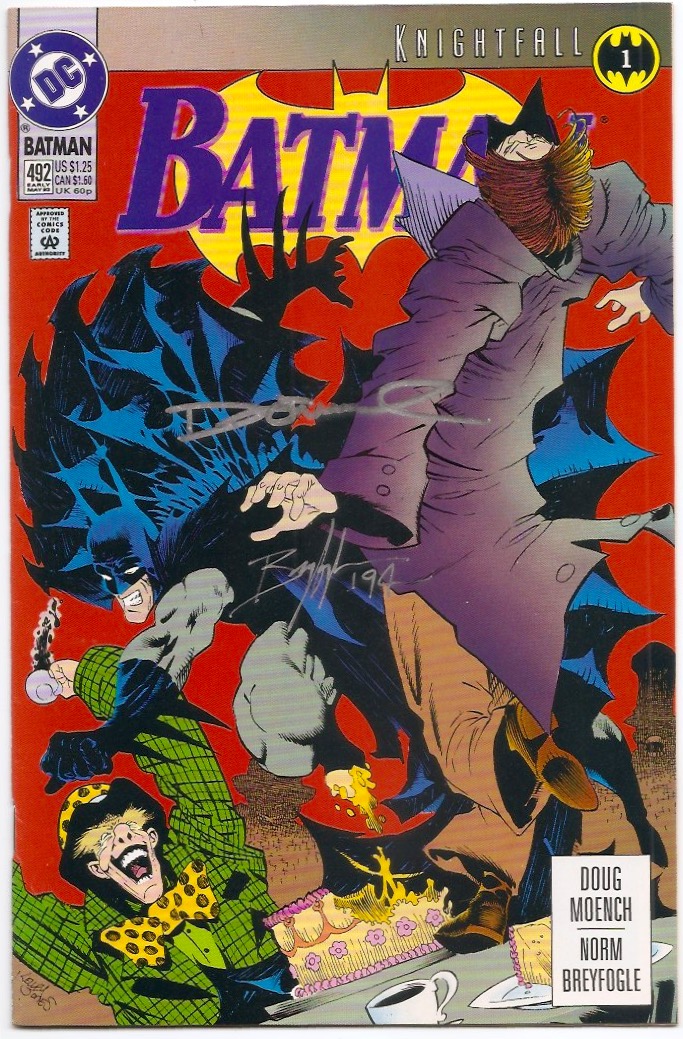
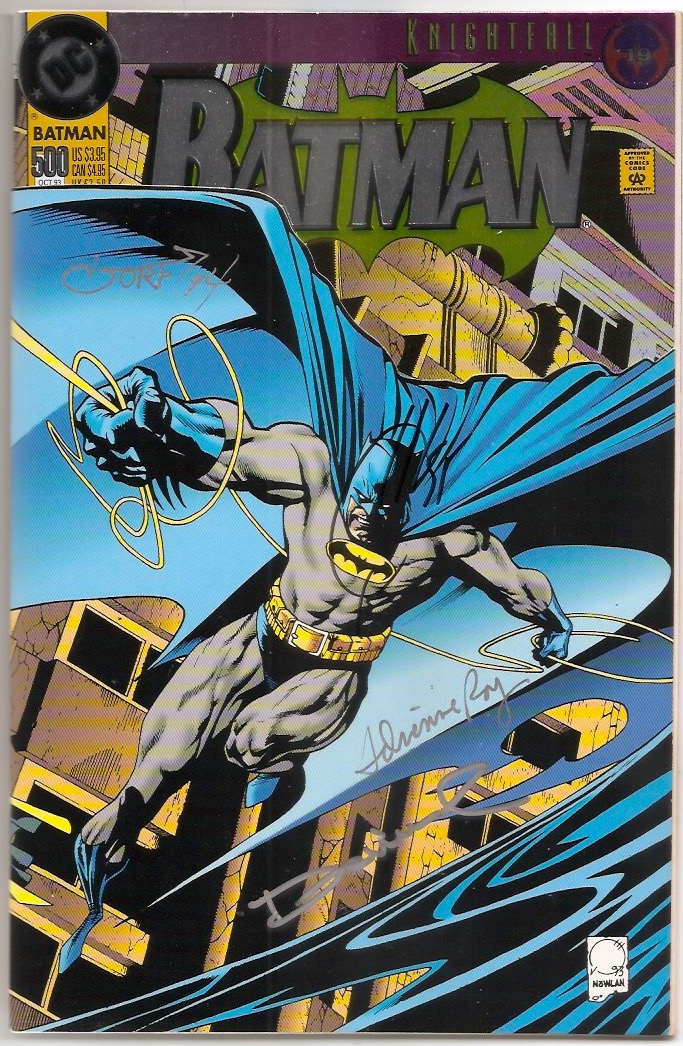
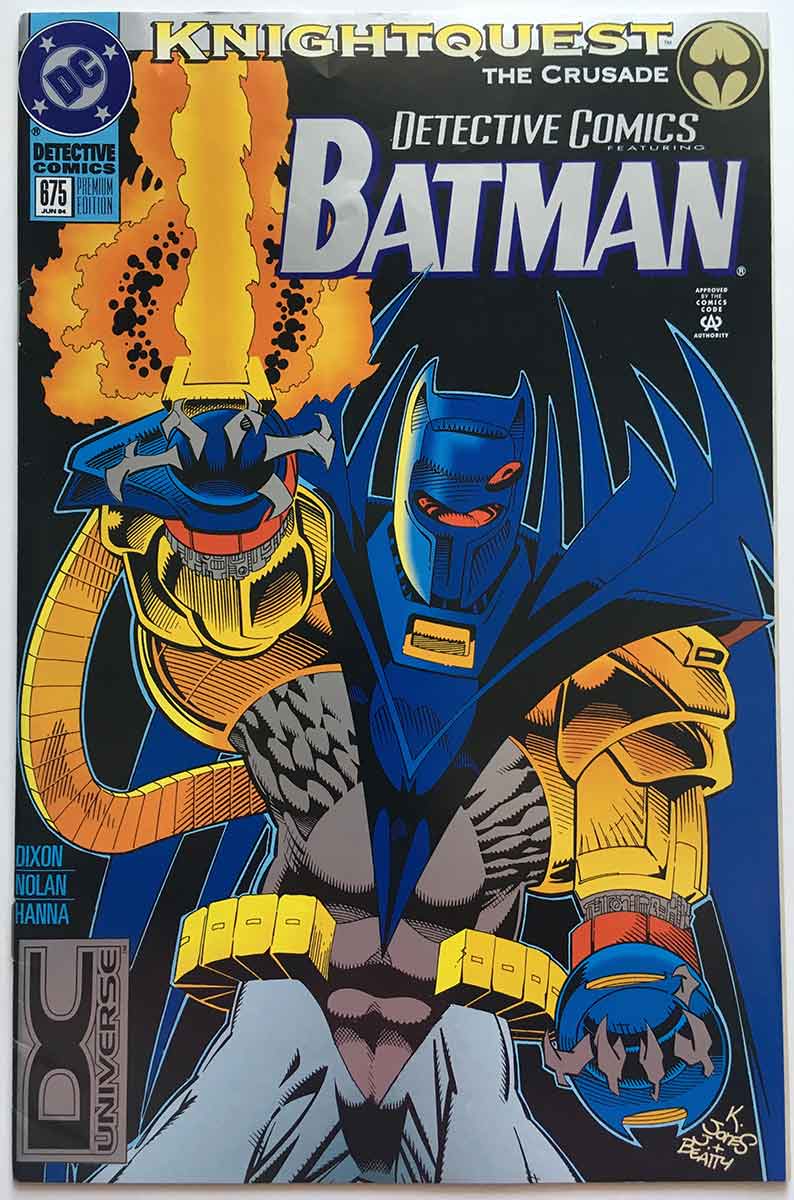
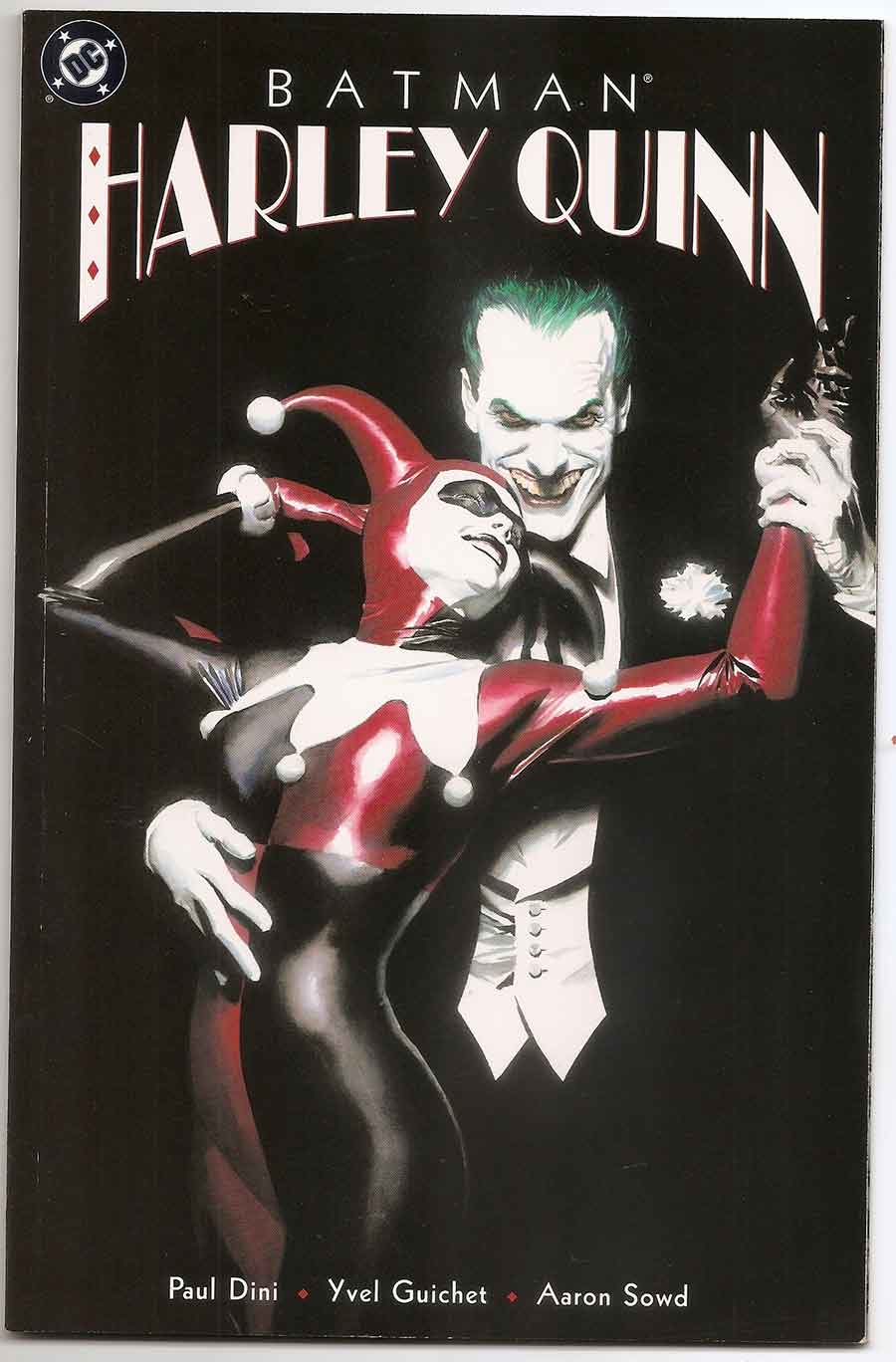
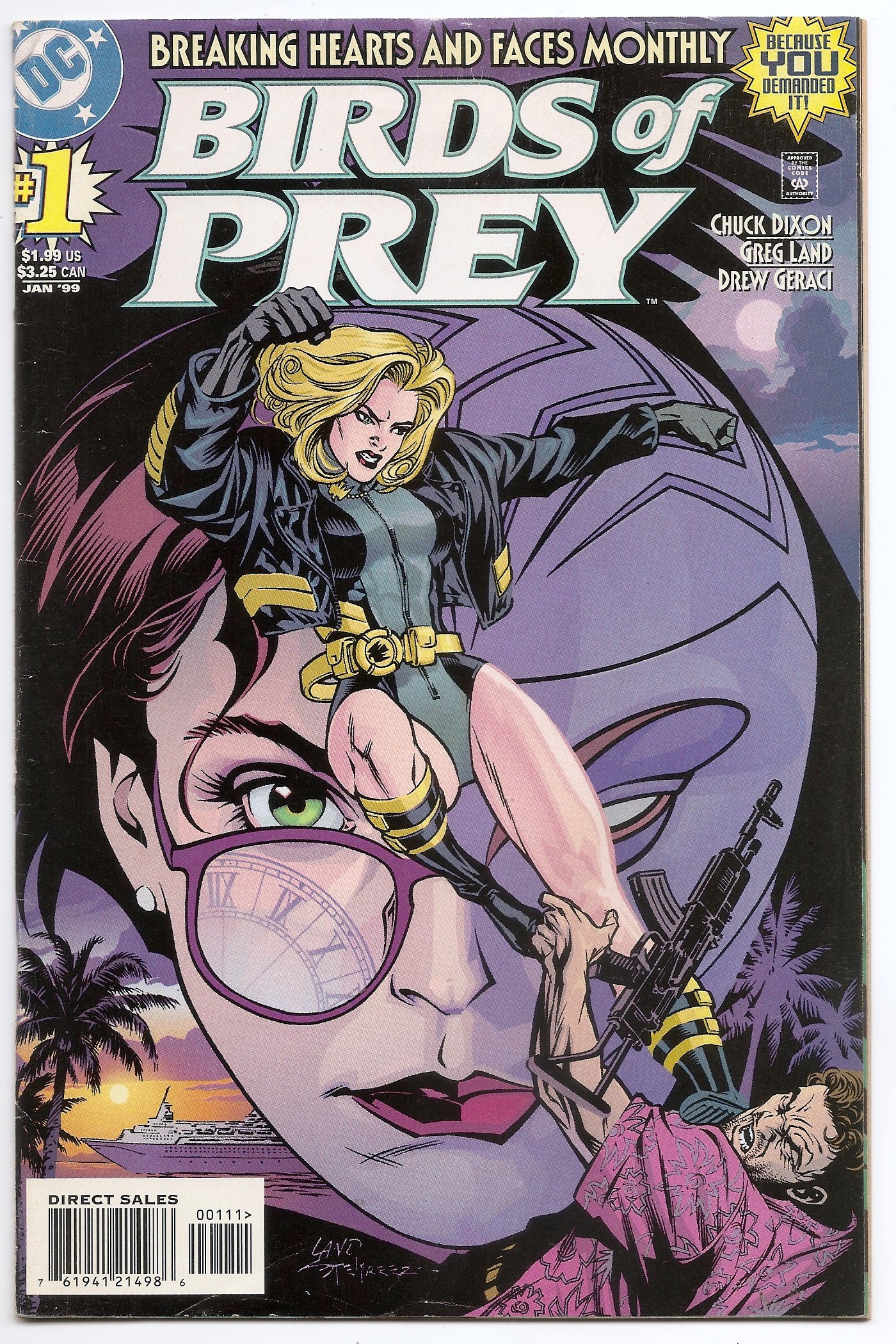
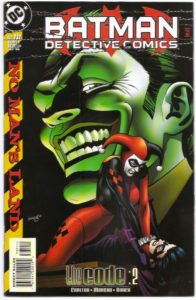








Leave a reply